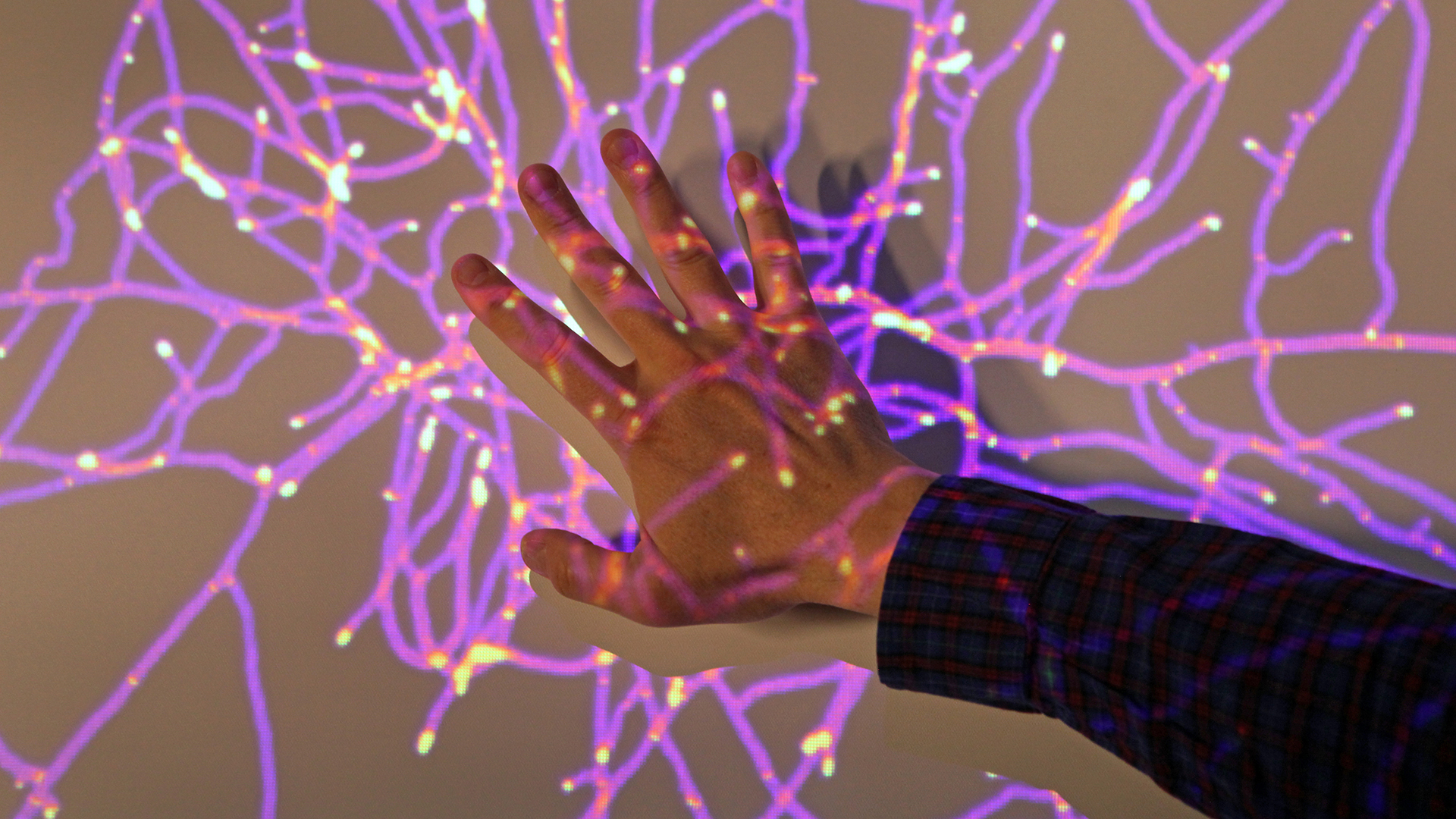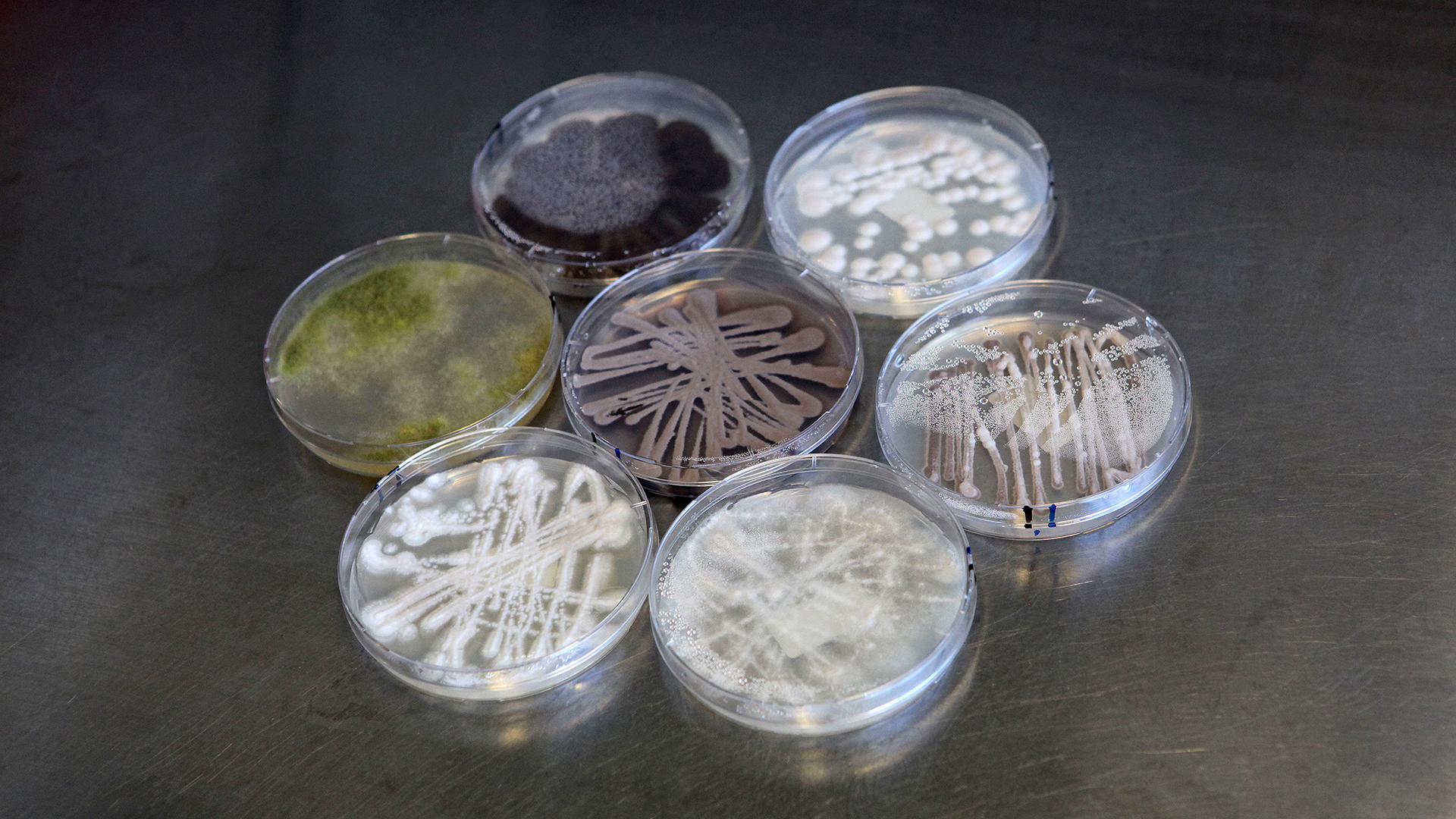Biosynthetic Pathway Engineering

The Biosynthetic Pathway Engineering research group is committed to further our understanding of biosynthetic pathways, and to utilize this knowledge to implement natural biosynthetic pathways and for the design of artificial (synthetic) pathways for the production of small molecules.
Main research areas
Basic research
- Polyketide synthases (Type I – III)
- The elucidation of natural biosynthetic pathways
Applied research
- Reconstruction of natural biosynthetic pathways
- Design of synthetic (artificial) biosynthetic pathways
- Development of molecular biological tools and enzyme platforms for biological synthesis
The basic research focuses on understanding secondary metabolites (small molecule) production in fungi, insects, and plants. This includes the mapping of biosynthetic pathways, characterization of involved enzymes, as well as the genetic basis and the evolutionary forces that shape these systems. The majority of our projects focus on biosynthetic pathways that include enzymes belonging to the polyketide synthase (PKS) class. In fungal secondary metabolite systems, we are especially interested in the role of horizontal gene transfer events, the organization of biosynthetic pathways, self-resistance mechanisms and how gene clusters are formed, expand and erode. Questions we address via experiments, primarily in Aspergillus, Fusarium and Penicillium species.
The applied research aims at developing general strategies/tools for implementing and designing synthetic pathways for the production of natural and new-to-nature compounds. It is our vision to create a series of programmable microbial platforms that allows for the synthesis of any biological relevant carbon skeleton, thereby bypassing the time-consuming task of identifying natural pathways. This work is based on our extensive experience with natural biosynthetic pathways, especially polyketide synthases (type I-III), from fungi, insects, bacteria, and plants. Projects that are focused on the biosynthesis of specific compounds (drugs or pigments) are typically conducted in close collaboration with industrial partners. The biosynthetic pathways are implemented in Aspergillus nidulans (filamentous fungus), S. cerevisiae (yeast) or E. coli (bacterium).
The basic research focuses on understanding secondary metabolites (small molecule) production in fungi, insects, and plants. This includes the mapping of biosynthetic pathways, characterization of involved enzymes, as well as the genetic basis and the evolutionary forces that shape these systems. The majority of our projects focus on biosynthetic pathways that include enzymes belonging to the polyketide synthase (PKS) class. In fungal secondary metabolite systems, we are especially interested in the role of horizontal gene transfer events, the organization of biosynthetic pathways, self-resistance mechanisms and how gene clusters are formed, expand and erode. Questions we address via experiments, primarily in Aspergillus, Fusarium and Penicillium species.
The applied research aims at developing general strategies/tools for implementing and designing synthetic pathways for the production of natural and new-to-nature compounds. It is our vision to create a series of programmable microbial platforms that allows for the synthesis of any biological relevant carbon skeleton, thereby bypassing the time-consuming task of identifying natural pathways. This work is based on our extensive experience with natural biosynthetic pathways, especially polyketide synthases (type I-III), from fungi, insects, bacteria, and plants. Projects that are focused on the biosynthesis of specific compounds (drugs or pigments) are typically conducted in close collaboration with industrial partners. The biosynthetic pathways are implemented in Aspergillus nidulans (filamentous fungus), S. cerevisiae (yeast) or E. coli (bacterium)
Relevance for society - why study biosynthetic pathways?
Challenge: Small molecule compounds play an important role in modern society, fx as pharmaceuticals, ingredients in foods, cosmetics, and in personal care products. The majority of these compounds are currently being produced via chemical synthesis based on oil-derived precursors. A process that typical requires a large energy input and in addition generates unwanted byproducts and waste. Plants or animals are another source of small molecules, however, in some cases the availability of the required biological starting material for industrial production cannot be supplied in large enough quantities.
Possible solution
Biological production based on fermentation of genetically engineered microorganisms offers a promising solution to the problems with existing production methods. However, the transition to a cleaner and sustainable bio-based production of small molecules requires the development of a vast number of different cell factories, each capable of efficient synthesizing one of the many different desired small molecules. Ultimately, the formation of a compound in a cell is dependent on a series of enzymatic reactions, known as a biosynthetic pathway. Based on this, the design and implementation of biosynthetic pathways are at the core of cell factory design.
Polyketides and polyketide synthases
Polyketides are structurally a highly diverse group of molecules and include compounds with many different types of bioactivity including antibiotics, antifungal, antiviral, immunosuppressive, chemotherapeutical and cholesterol modulating compounds.
Polyketide synthases (PKSs) is a group of enzymes catalyzing the polymerization of two and three carbon monomers to form linear carbon chains of variable length. In its simplest form polyketides are composed of an even number of carbon atoms with ketones (double bound oxygen atom) situated on every second carbon. In the more complex forms of polyketides, the ketone groups are modified, in a compound specific pattern, to alcohol, alkene or alkane groups.
Further reading


